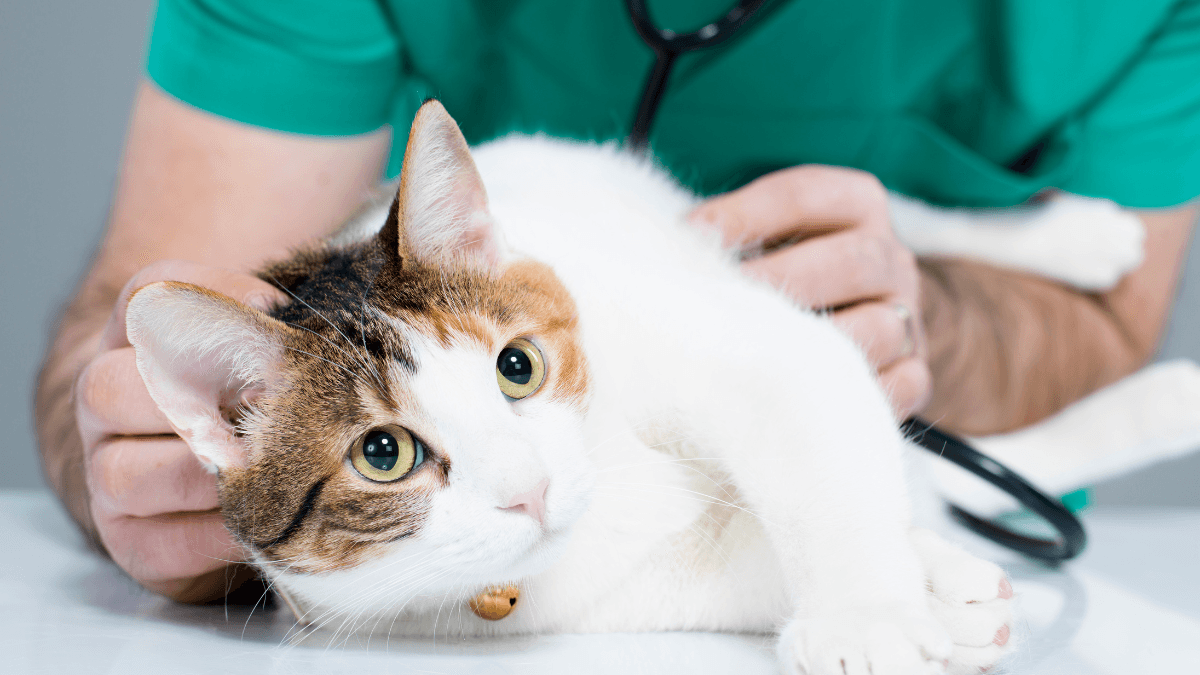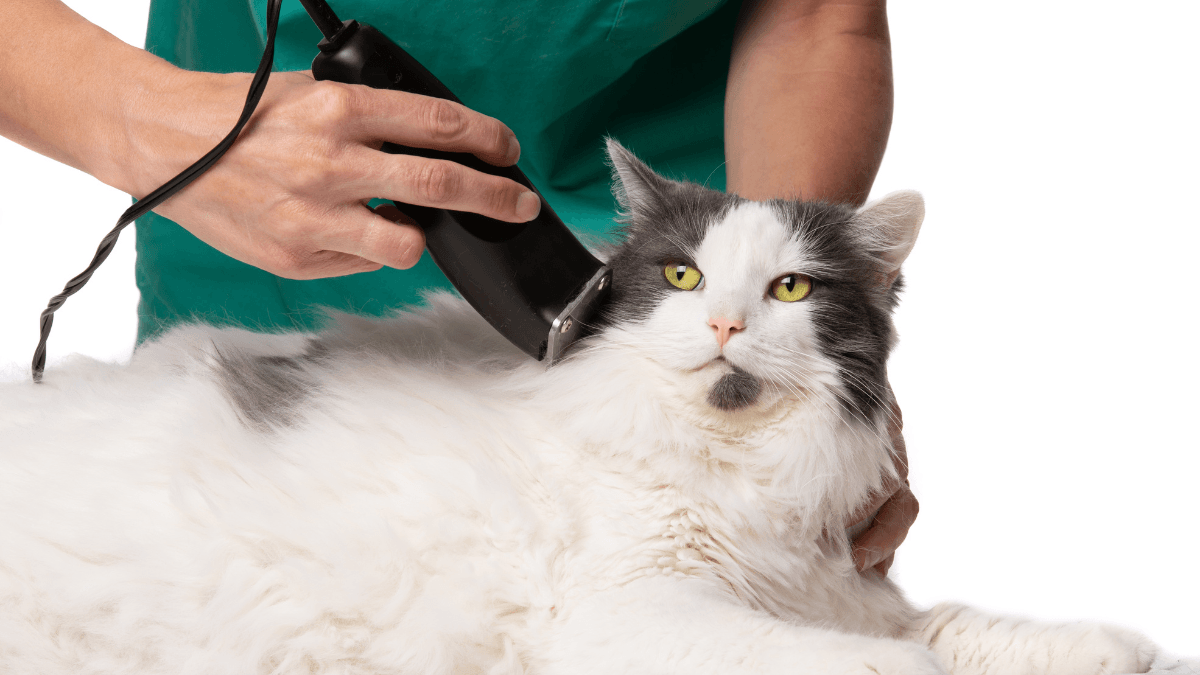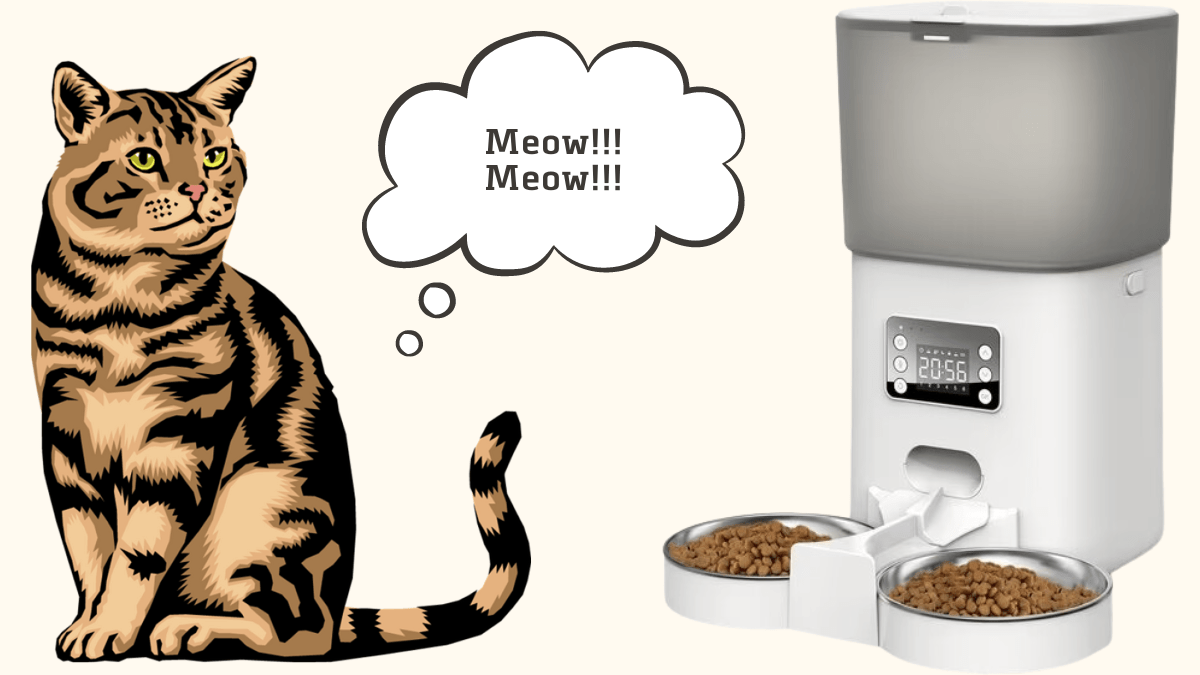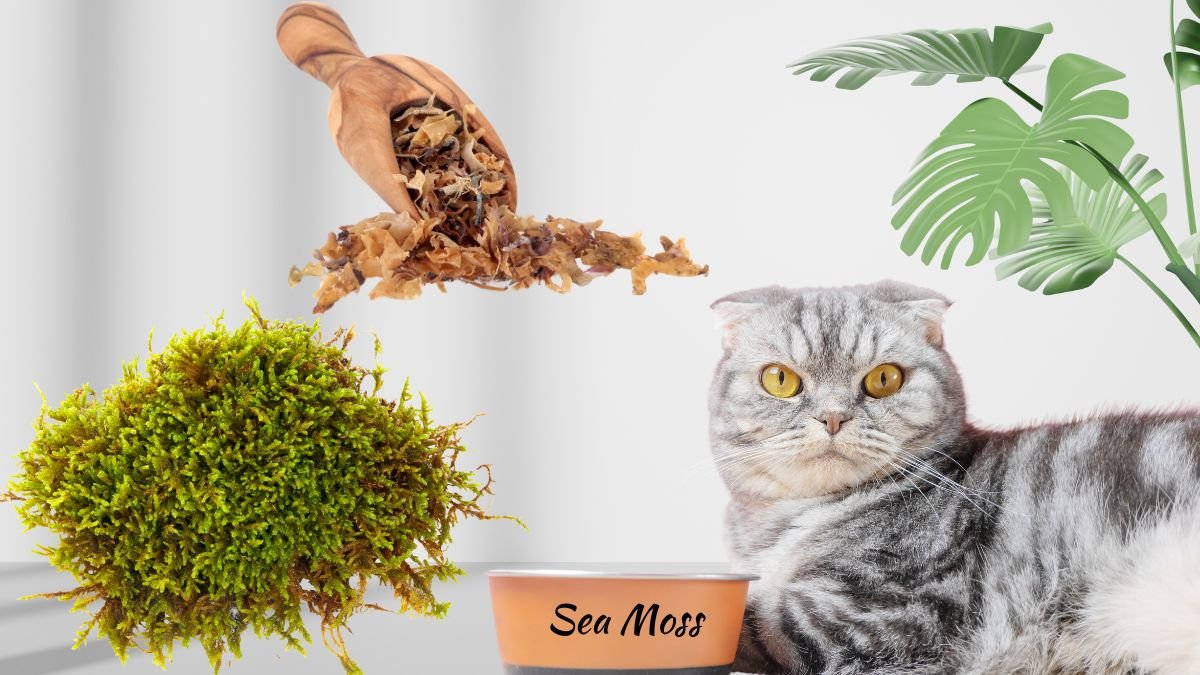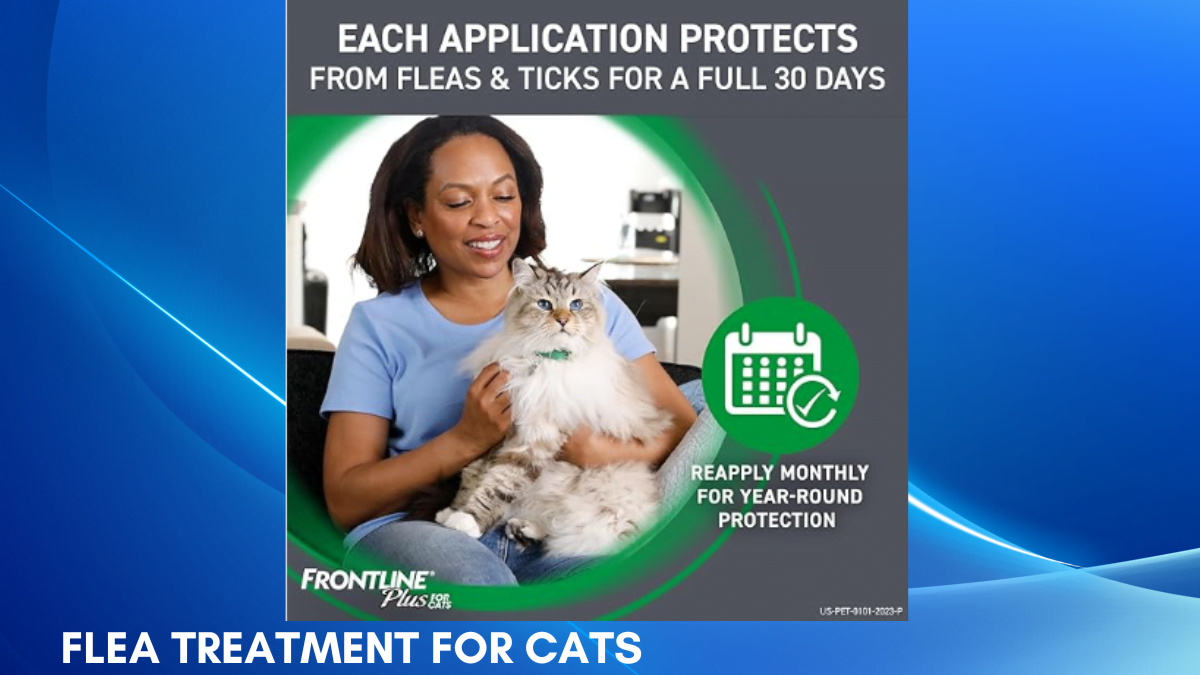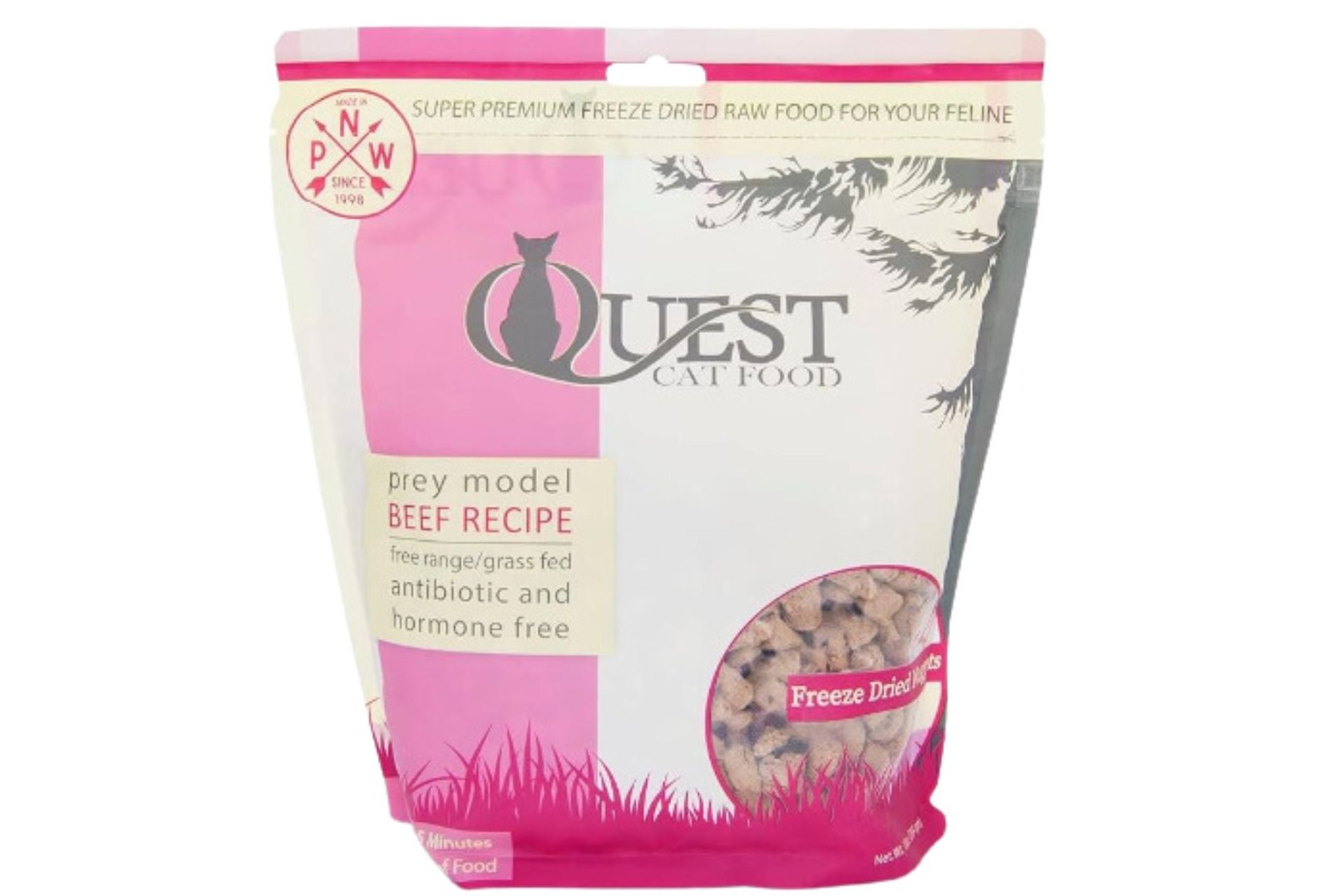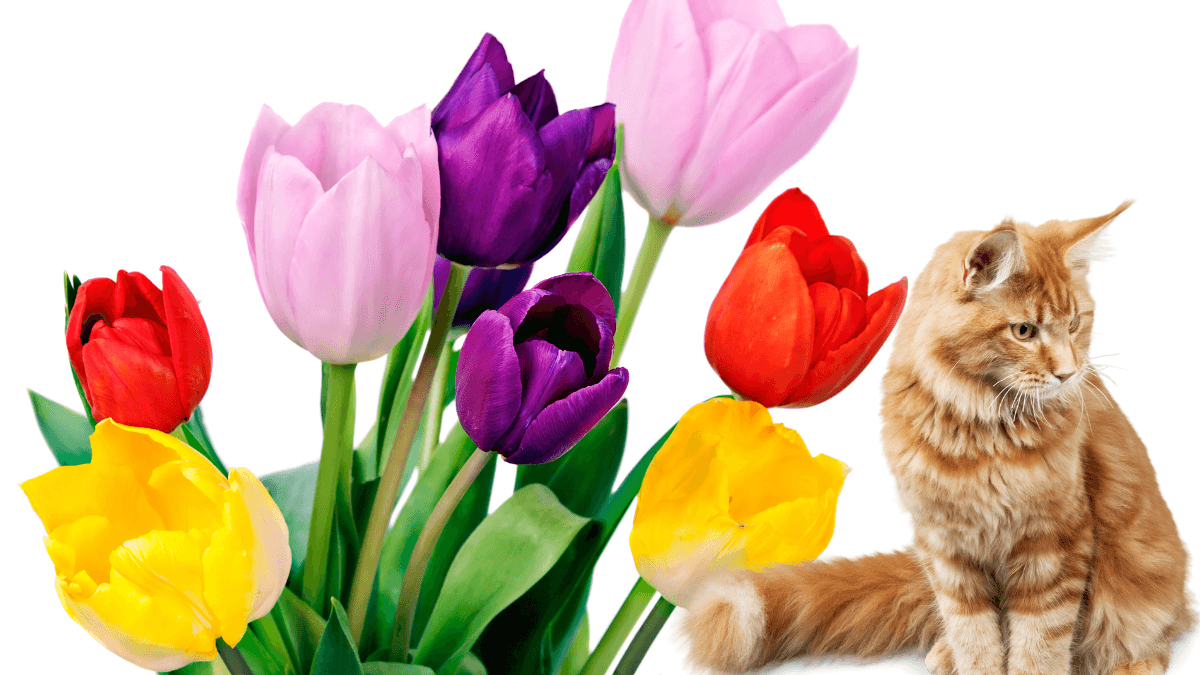
Are Tulips Toxic to Cats? Protect Your Cats from Tulips Dangers!
If you ever see any amazing flowers, tulips are one of them. Tulips are especially popular for their beautiful colors, which will encourage you. They are perfect for your garden to attract people’s attention. They are especially good for making your garden beautiful. However, while they are very peaceful to the eye, they may be dangerous for your felines. If you’re a cat owner, you should think twice before keeping tulips in your indoors or home garden. Tulips can be toxic for your cats. In this article, we will try to cover this: Are Tulips Toxic to Cats?
Are tulips toxic to cats?
Yes, tulips are toxic to cats. Now another question may arise in your mind: Why are tulips toxic to cats? Keep reading the article to know more.
Why are tulips poisonous to cats?
There are many reasons tulips are poisonous to cats, but the most significant reasons are that they contain some compounds such as Tulipalin A and Tulipalin B. These compounds are primarily found in plant bulbs but can also be found in plant leaves and stems. Cats are curious and often play with hanging plants, which can be dangerous for them.
Read Our Popular Posts
- Why Every Cat Owner Needs a Cat Pouch Hoodie?
- Can Cats Eat Broccoli safely? Exploring the Benefits and Risks of Broccoli for feline!
- Can Cats Eat Raw Chicken? A Comprehensive Guide for Pet Owners.
- Discover The Best Cat Food for Allergies: Top 2 Picks and Expert Tips for Cat Owners
- Top 3 Proven Natural Flea Treatment for Cats: Ensure Your Feline's Safety and Happiness.
What will happen if your cat eats some tulips?
If your cat eats some parts of the tulip plant, especially the bulb part, then they may exhibit the following symptoms:
Drooling
Vomiting
Diarrhea
Depression
Loss of appetite
Irritation in the mouth and throat
In more severe cases, your cat may experience increased heart rate and difficulty breathing, which may require emergency veterinary care.
Tips to keep your cat safe from tulips!
If you have a pet cat and also have tulip plants in your house, then these tips are for you. I hope these tips will be helpful for you even if you do not have tulip plants in your home. So, let’s get started on how to protect your cat from tulip toxicity:
Remove tulips from indoors and garden: If you want to keep your cats healthy, you must remove tulips from your home and garden.
Choose non-toxic plants for cats: If you are cautious about planting at home, then you should choose some non-toxic plants to ensure your feline’s safety.
Monitor your cat’s behavior: If you are concerned that your cat has visited any area with tulips, keep an eye on them.
Use a barrier to cover tulips: If, by chance, you have any tulips outdoors, use a barrier to cover them and protect your cats. This will help keep your cat safe.
Consult a veterinarian: If your cat eats tulips, consult a veterinary expert immediately for proper advice based on your cat’s health condition.
What to do if your cat has eaten some tulips?
If you see your cat eating tulips or notice any of the symptoms described above, take immediate action. The best option is to take them to a veterinary expert and also remove the tulips from the area.
Know some non-poisonous plants you can plant indoors.
There are many non-poisonous plants that are safe for your feline friends and can also make your house charming. Here is a list for you:
Spider plant (Chlorophytum comosum):
Spider plants are beautiful plants with long leaves and small white flowers that make the environment peaceful. Read more about spider plants by clicking the links.Boston fern (Nephrolepis exaltata):
It will make your house green and peaceful.Areca Palm (Dypsis lutescens):
A popular plant for indoors with feathery leaves.Bamboo palm:
A small plant with thin stems and lush green leaves.Money Tree:
A plant known for its beautiful braided trunk and large, palmate leaves.Calathea Plants:
Known for its thick leaves and amazing colors.Parlor Palm:
A slow-growing palm that can thrive in low-light environments.Prayer plants:
Featuring unique leaves that fold up at night.Ponytail palm:
Known for its bulbous base and long, curly leaves.African violet:
This is a flowering plant with colorful blooms and fuzzy leaves.
Other poisonous plants for cats you should avoid.
Here are some poisonous plants that you should never bring into your home if you are a cat owner:
Lily plants
Azalea plants
Oleander plants
Foxglove plants
Sago palm plants
Castor bean plants
Kalanchoe plants
Chrysanthemum plants
Pothos plants
Cyclamen plants
Philodendron plants
Lantana plants
This is a complete article covering many important factors regarding tulip plants. If you follow these tips and guidelines, then your cats will be safe from any danger posed by poisonous plants.
-

Essential Cat Health Care Tips | A Comprehensive Guide!
-

Top 4 Cat Bow Ties | The Purrfect Accessory for Stylish Cats!
-

Why Mobile Cat Grooming Is the Best Choice for Busy Cat Owners?
-

Are Tulips Toxic to Cats? Protect Your Cats from Tulips Dangers!
-

6L Cat Feeder: The Ultimate Solution for Hassle-Free Feeding
-

Are Spider Plants Toxic to Cats? The Surprising Truth Every Cat Owner Should Know!
-

Why Every Cat Owner Needs a Cat Pouch Hoodie?
-

Do Cats Like Sea Moss? Discover the Hidden Benefits of This Trending Superfood!
-

Top 3 Proven Natural Flea Treatment for Cats: Ensure your Feline's Safety and Happiness
-

Why Steve's Real Food is the Best Choice for Your Cat?

